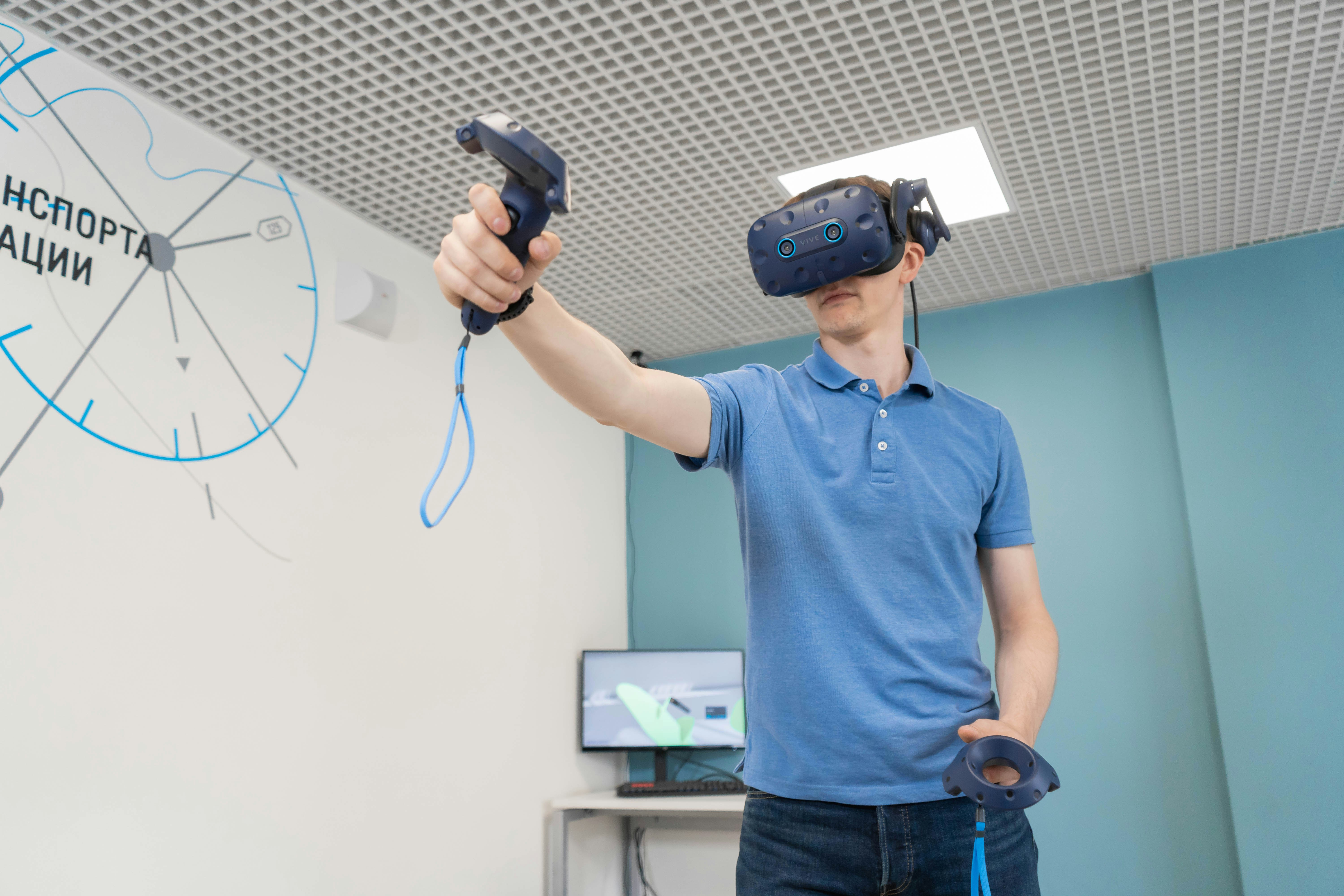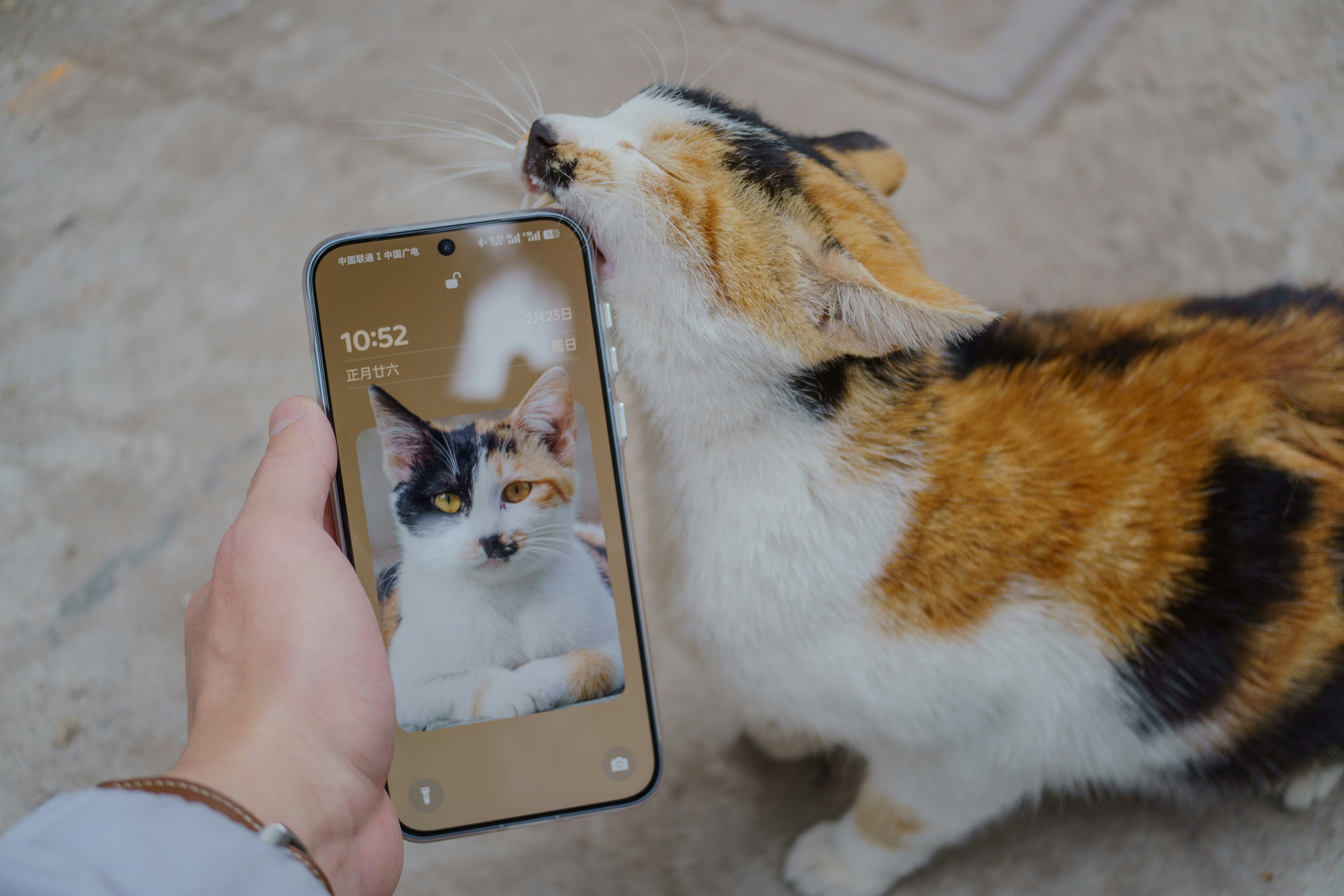Revolutionize Pet Training with Virtual Reality: Discover New Horizons
Are you ready to transform your pet training experience into a cutting-edge adventure? Imagine stepping into a vibrant virtual world where your furry friend learns and practices behaviors in a safe, controlled environment. This innovation, rooted in virtual reality (VR), is not just a tech trend; it's redefining how we approach pet care and training, making sessions not only effective but also engaging for both pets and their owners. Let’s explore this exciting intersection of technology and animal education, where your passion for pets meets the power of innovation.
Understanding the Power of Virtual Reality in Pet Training
The shift towards using virtual reality in various fields, including gaming and education, has been remarkable. But how does VR fit into the realm of pet training? At its core, VR offers an immersive experience that can simulate a wide range of environments and scenarios that your pet might face in the real world. This method can significantly enhance traditional training techniques, allowing pets to learn in a low-stress environment.
By providing diverse scenarios, virtual reality can help pets gradually acclimatize to stimuli that they may find overwhelming in real life. For example, a dog that is fearful of other dogs can be gradually exposed to virtual dog interactions in a controlled setting, making it easier to manage their reactions and behavior over time. This innovative approach not only aids in behavior modification but fosters a sense of confidence and security in pets.
The Science Behind Behavior Modification with VR
Harnessing VR for pet training entails integrating behavioral science with technological innovation. Studies have shown that exposure therapy, used effectively in treating various behavioral issues in humans, can also be beneficial for animals. VR allows for a scalable application of this therapy type. Training programs can be tailored to replicate specific situations that trigger behavioral issues, enabling pets to confront and adapt to these stimuli in an immersive environment.
Interestingly, a 2020 study from Technology and Health Care indicated that virtual reality had a profound impact on reducing anxiety in pets, much like it has for human patients. The controlled nature of VR allows owners and trainers to adjust scenarios progressively. This approach is vital in altering undesirable pet behaviors, promoting positive reinforcement, and creating lasting changes.
Building an Engaging Training Environment
Incorporating virtual reality into your pet's training routine means creating engaging, interactive environments. As a pet owner, you'll want to ensure that your furry friend feels comfortable and excited about the experience. Using VR headsets designed for pets, trainers can set up diverse environments ranging from busy parks and bustling streets to quieter, serene landscapes.
Consider customizing the virtual scenarios based on your pet's personality and behavioral issues. For instance, if you have a high-energy dog, scenes can include elements like Frisbees, balls, or other dogs playing. On the other hand, for dogs struggling with social anxiety, scenarios can allow for gradual exposure to new dogs in a controlled, virtual setting.
Moreover, implementing playdate scenarios can enhance the learning experience. As discussed in our article on fostering furry friendships, enriching your pet's social interactions can play a crucial role in behavior modification. Combining VR with traditional playdates can amplify the training outcomes and make the sessions enjoyable.
Tackling Common Behavioral Issues
Fear and Anxiety Management
Many pets struggle with anxiety or fear-related behaviors. By employing virtual reality, you can help your pet confront specific anxieties in a manner that feels safe and manageable. Common triggers can be recreated without exposing your pet to real-world risks. Imagine a hyperactive dog learning to remain calm amidst simulated distractions—such as bicycles, crowds, or even thunderstorms—right from the comfort of your living room.
Aggression and Overexcited Behaviors
Aggressive behaviors can severely strain the pet-owner relationship. VR can assist in addressing these challenges through scenario-based training. For instance, you can simulate an environment where another dog approaches, allowing your pet to practice proper responses. Gradually increasing the intensity and complexity of these virtual encounters can help your dog feel more secure and lessen aggressive reactions in real life.
Distractions During Training Sessions
Distractions can derail even the most well-behaved pets during training sessions. Virtual reality provides a controlled setting to introduce various distractions without the chaos of the outside world. Birds flying across the screen, sounds from the park, or the sudden appearance of a squirrel can help train your pet to focus better on your commands amidst stimulation.
Advantages of Combating Challenges with Virtual Reality Training
One of the standout benefits of utilizing virtual reality in pet training is the ability to provide consistent experiences. Consistency is vital for effective training, allowing pets to understand what behavior is expected in various situations. VR eliminates the unpredictability of real-world settings, allowing for tailored sessions that incrementally increase difficulty.
Additionally, VR can foster a strong bond between you and your pet. Engaging in virtual training together provides an opportunity for positive shared experiences, which ultimately strengthens your relationship. As you explore these environments side by side, your pet will associate training with fun and rewarding moments.
Practical Steps to Get Started with VR Pet Training
Selecting the Right Technology
If you're considering integrating virtual reality into your pet's training, it's essential to choose the right technology. Look for pet-friendly VR systems and applications designed specifically for animal training. Remember to read reviews and seek recommendations from other pet owners or trainers.
Designing an Effective Training Program
Before diving into virtual scenarios, take the time to plan your training program. Identify the goals you aim to achieve through VR training and outline the steps necessary to reach those objectives. Tailor the virtual environments and cues to align with your pet's unique challenges.
Monitoring Progress
To ensure that your pet benefits from virtual reality training, keep a record of their progress. Track behaviors before starting VR sessions and after several weeks of training. You'll want to note any changes in anxiety levels, reactive behaviors, or engagement during both virtual and traditional training sessions.
Collaborating with Professionals
While DIY pet training can be an exciting avenue, collaborating with a professional trainer skilled in virtual reality applications may enhance effectiveness. These trainers can help navigate the complexities of using VR while providing insights from their experience. This partnership could be the key to a successful training program.
There are also various online resources and communities dedicated to helping pet owners and trainers navigate virtual pet training. Engaging with these platforms can provide additional tips, insights, and support.
Engaging Through Multi-Sensory Experiences
Virtual reality training can be further enhanced by integrating other sensory elements that appeal to pets. Whether it’s the scent of aromatherapy products or sounds specifically designed to soothe or stimulate, combining these elements can create a rich, immersive experience. For instance, introducing a calming scent could enhance your pet's ability to process new environments or interactions.
The Role of Sound and Scents
Research around the use of soundscapes and scents can also play a pivotal role in the VR training experience. Check out our post on enhancing your pet's training through sound. Incorporating smells and sounds your pet enjoys can transform even a simple training scenario into a fun adventure that keeps them engaged and motivated.
Final Thoughts: A New Era of Pet Training Awaits
Implementing virtual reality in pet training opens exciting opportunities for both pets and owners. The fusion of technology with traditional training methods creates dynamic, immersive experiences that can reshape your furry friend's behavior positively. Not only does VR assist in overcoming behavioral challenges, but it also fosters a deeper bond as you embark on this journey together.
As the world of pet training continues to evolve, staying abreast of trends and techniques is vital for maximizing your pet's potential and happiness. Embrace this new era and make the most of every training opportunity, paving the way for a joyful, harmonious relationship with your furry companion.
For further reading and to dive deeper into innovative pet training methods, check out our articles on using music for behavioral enhancement and creating enriched sensory environments for your pets.

















